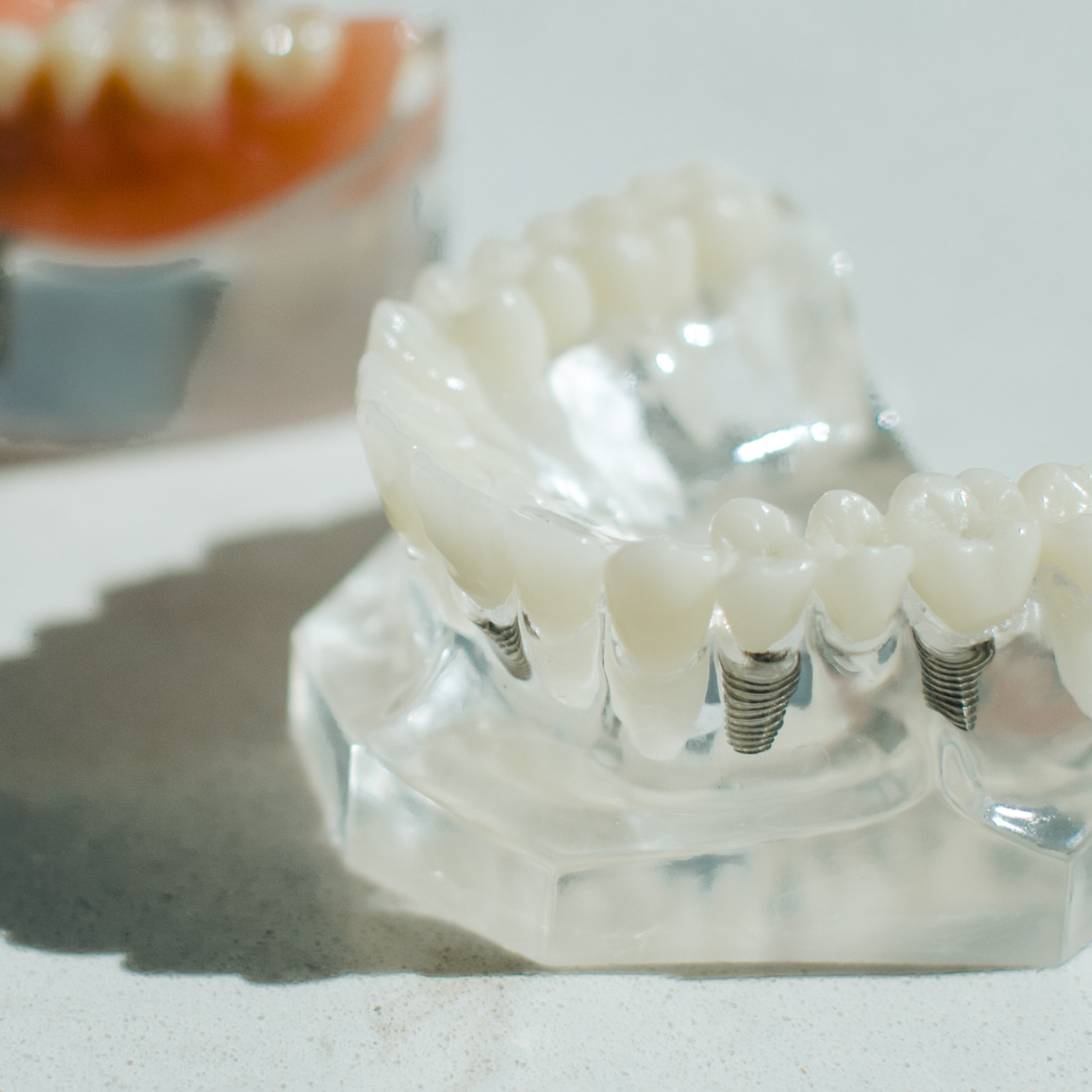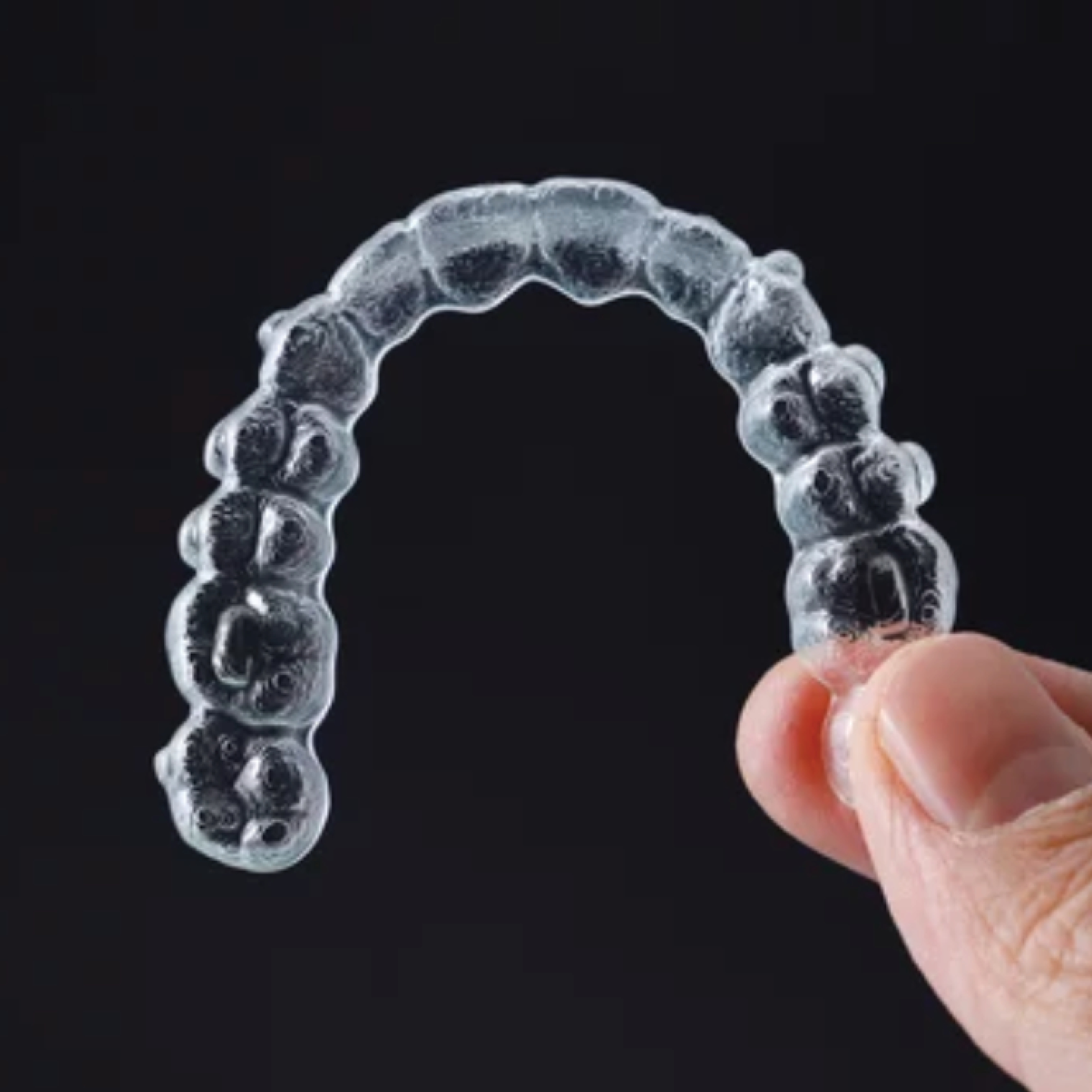Periodontal Treatment: restore gums and prevent tooth loss.
Periodontal Treatment Services

Healthy gums are the foundation of a beautiful smile and overall oral health.
Unfortunately, gum disease, also known as periodontal disease, is a prevalent condition affecting millions worldwide. If left unchecked, periodontal disease can wreak havoc on your oral health and overall wellbeing.
Despite its prevalence, many people are unaware of the early signs or the importance of prompt treatment. As a progressive condition, periodontal disease starts with mild symptoms such as occasional bleeding gums or slight discomfort. However, without intervention, it can rapidly advance to more severe stages. This can cause irreversible damage to the gums and underlying bone structure. Regular dental checkups are crucial for finding and treating gum problems early, before they become more serious.
Understanding periodontal disease
Periodontal disease develops when plaque and bacteria accumulate at the gum line, causing inflammation and infection. This infection gradually damages the soft tissue and bone surrounding your teeth, creating pockets that deepen over time. If left untreated, these pockets can harbour more bacteria, perpetuating the cycle of infection and tissue destruction.
How to know if you require periodontal treatment
The first signs of periodontal disease can be difficult to notice. Prevent periodontitis with routine dental checkups that allow detection early on. The sooner the diagnosis and treatment, the less damage and tooth loss. Symptoms of periodontal disease include:
- Bleeding gums
- Persistent bad breath
- Receding gum lines
- Loose teeth
At Honce Dentistry, we understand the significance of timely intervention in preserving your oral health. Our comprehensive periodontal treatments address a range of conditions, from mild gingivitis to severe periodontitis.
Choosing the periodontal treatment that’s right for you
The most suitable treatment for your specific case depends on the severity of your gum disease. Treatment also depends on your unique needs and preferences. We encourage you to schedule a consultation with our experienced team that includes discussing your concerns, receiving a personalized diagnosis, and exploring the treatment options available to you.

Periodontal Treatment Services
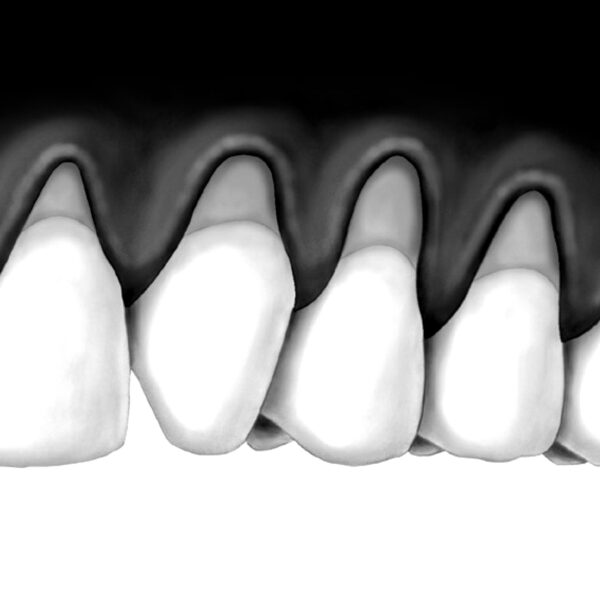
Gum Grafting
(severe gum disease)
For severe cases of periodontal disease surgical intervention may be necessary. When gum tissue recession exposes tooth roots, gum grafts can be used to restore tissue and protect the underlying tooth structure.
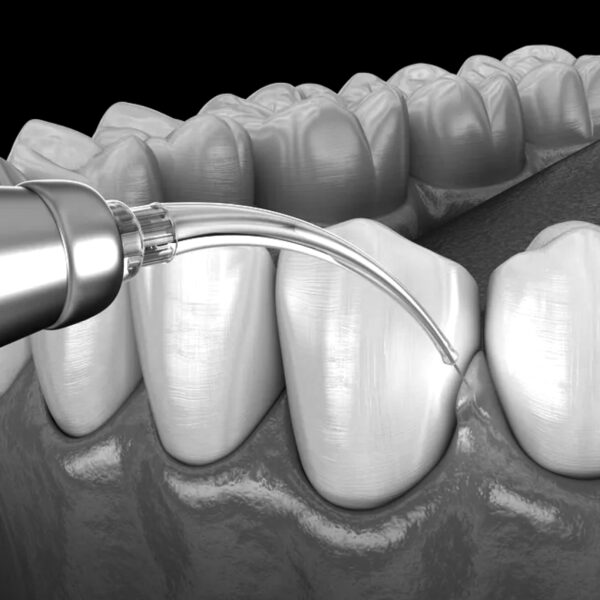
Laser Assisted Periodontal
(moderate to severe gum disease)
LANAP* is a cutting-edge approach to treating periodontal disease. This minimally invasive procedure utilizes laser technology to regenerate lost periodontal tissues and promote gum reattachment to the root surfaces of teeth. LANAP can also help reduce pocket depths, control inflammation and promote healing. This procedure offers several additional benefits, including reduced discomfort and faster healing times compared to traditional methods.
* Laser-Assisted New Attachment Procedure
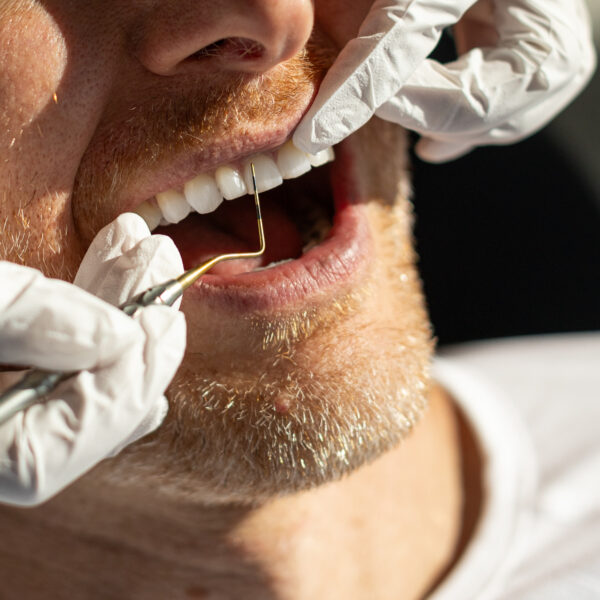
Scaling and Root Planing
(mild to moderate gum disease)
This traditional non-surgical treatment involves deep cleaning the teeth. Cleaning takes place above and below the gum line to remove plaque and tartar buildup. Scaling and root planning are often the first line of defence for mild to moderate gum disease.
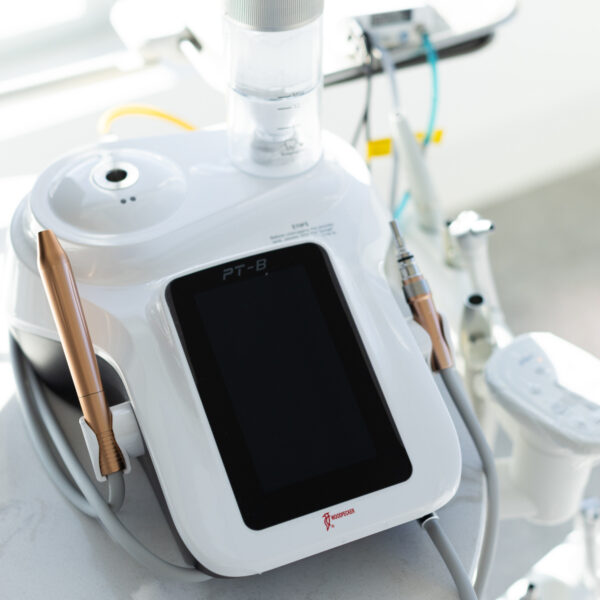
Gentle Cleanings with Novel Air Flow Technology
(preventative maintenance)
This innovative hygiene system combines scaling and polishing with air abrasion. It provides a more comfortable and effective cleaning experience. This technology is particularly beneficial for patients with sensitive teeth or gums.
Frequently asked questions about Periodontal Treatment
What are the symptoms of gum disease?
Common symptoms include bleeding gums, persistent bad breath, receding gum lines, loose teeth and discomfort or pain while chewing.
Can gum disease be cured?
Although gum disease cannot be completely cured, it can be effectively controlled with consistent maintenance and professional treatment. Early diagnosis and intervention are crucial to prevent further progression and potential tooth loss.
How can I prevent gum disease?
While seeking professional treatment is crucial for managing periodontal disease, proactive self-care plays a significant role in its prevention and early detection. They include:
- Meticulous oral hygiene: Brush your teeth twice daily for at least two minutes with a fluoride toothpaste. Floss at least once a day, reaching below the gum line to remove plaque buildup. Consider using interdental brushes for thorough cleaning between teeth, especially if flossing is challenging.
- Watch for early warning signs: Be mindful of signs like bleeding gums, slight gum sensitivity or persistent bad breath, even if they seem minor. These subtle changes can indicate the early stages of gum disease.
- Dietary modifications: Limiting sugary and processed foods can help reduce plaque formation. Consider incorporating fruits, vegetables and whole grains rich in vitamins and minerals to support overall oral health.
- Regular dental checkups: Schedule regular dental checkups and cleanings for professional monitoring and early intervention. Your dentist can assess your gum health, provide personalized advice, and detect gum disease in its early stages, when treatment is most effective and less invasive.
By combining this at-home regimen with professional treatment, you can proactively manage gum health and prevent the progression of periodontal disease, promoting a healthy smile and oral health.
What happens if I leave gum disease untreated?
Untreated gum disease can lead to severe bone loss, loose teeth and eventually tooth loss. It can also exacerbate other health conditions like diabetes and heart disease. Further, it has been implicated in the development and progression of Alzheimer’s disease.
Are there any risks associated with periodontal treatment?
Any medical procedure carries inherent risk factors, but modern techniques and experienced professionals minimize these risks significantly. During your consultation, we will discuss any potential risks associated with your specific treatment plan.


